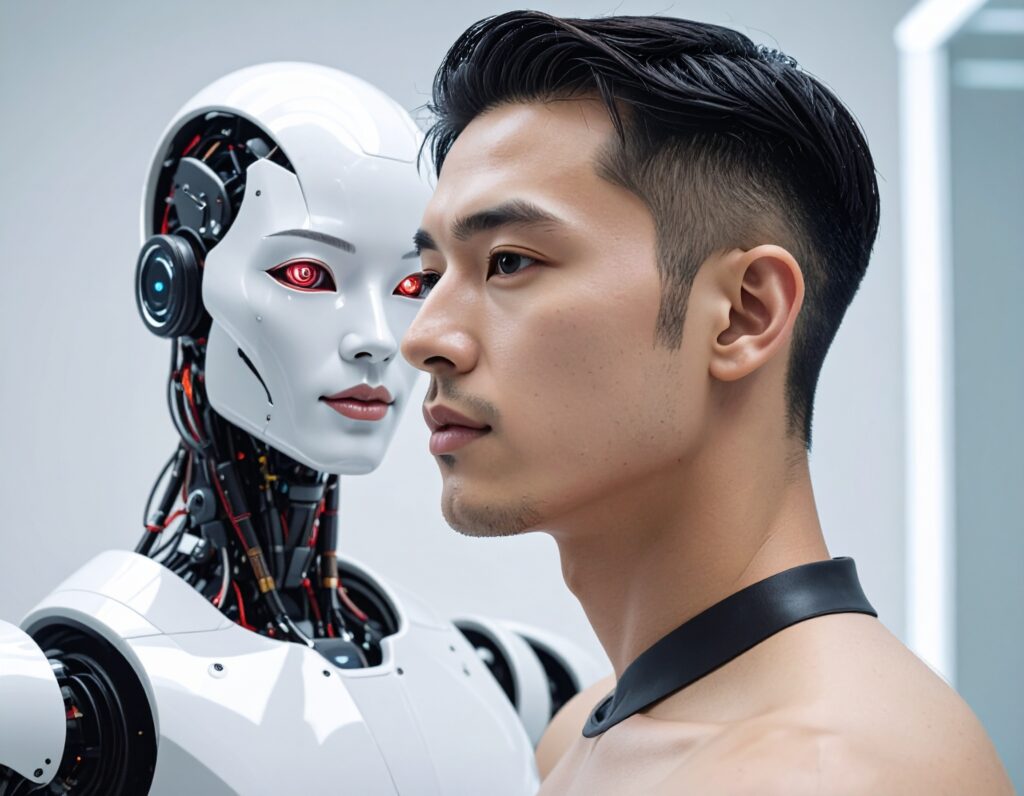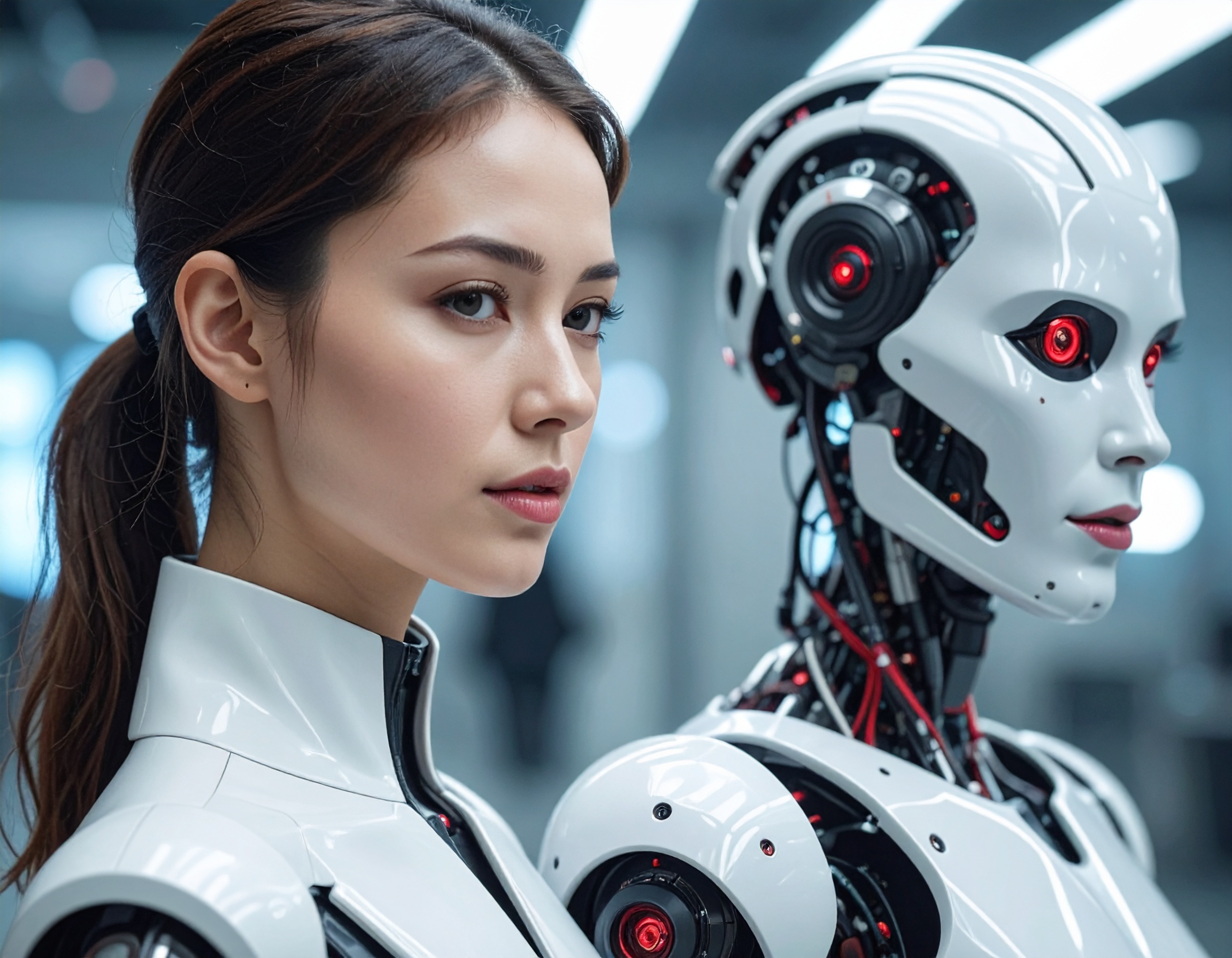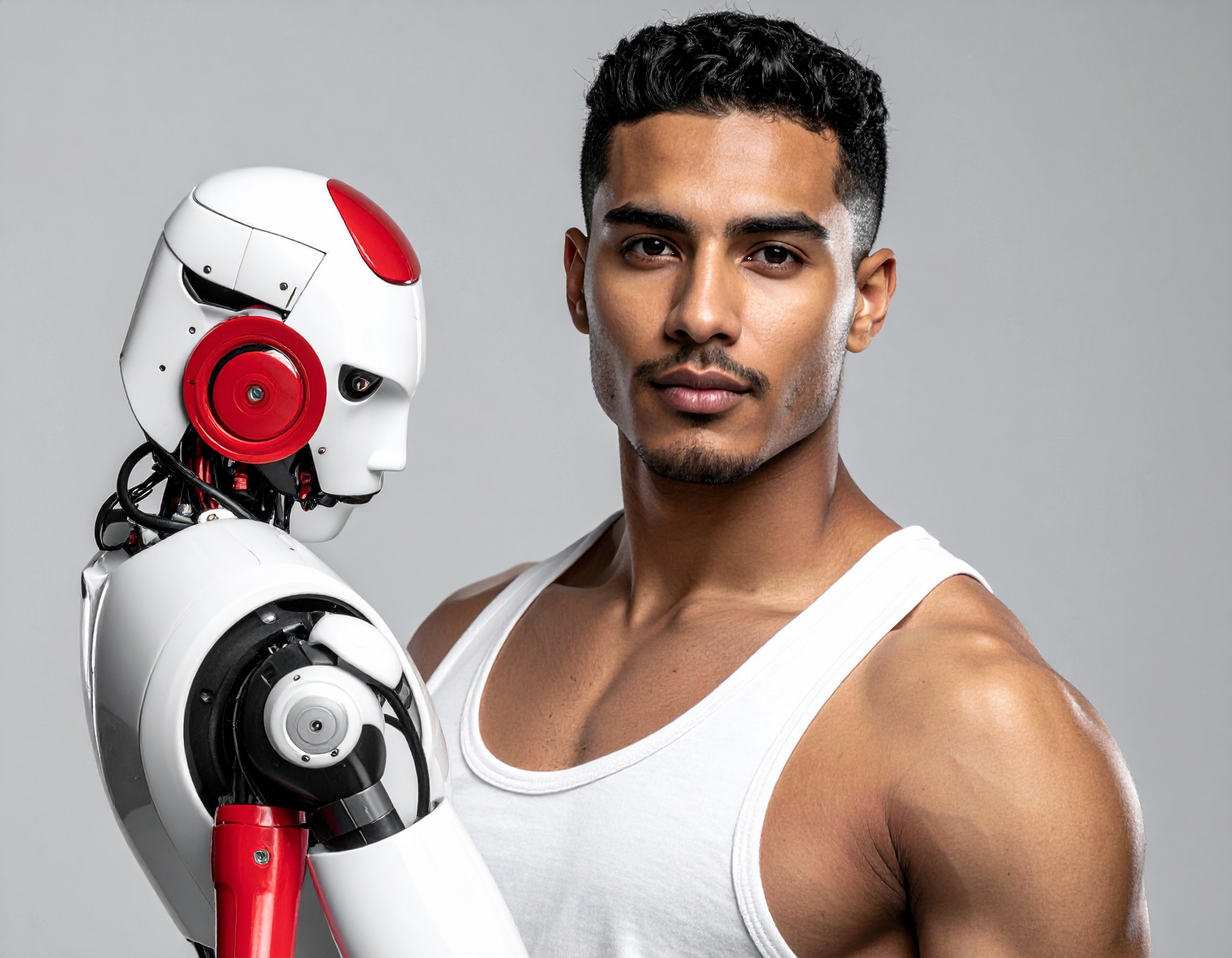Next-Gen Non-Human Workers: Humanoid “AI Employee” Debuts in Nuclear Sector

A New Kind of Team Member
On 4 November 2025, Orano (the French nuclear-materials specialist) and Capgemini (a leading AI-technology consultancy) announced the deployment of a humanoid robot named Hoxo at Orano’s Melox École des Métiers site in Gard, France.
Hoxo is built with embedded artificial intelligence, advanced sensors for real-time perception, autonomous navigation and the ability to perform technical gestures in industrial environments — effectively functioning as a “Non-Human Worker” or “AI Employee” alongside human teams.
What’s Unique and Why It Matters
This robot stands out because it is described as the first intelligent humanoid robot deployed in the nuclear industry. It is designed to replicate human movements in environments that are hazardous or hard to access for people — bringing together robotics, computer vision, digital twins and AI in what Capgemini calls “physical AI”.
Over the next four months, the Melox innovation teams will test Hoxo’s mobility, precision and autonomy in real operations.

The importance:
- Enhances safety by reducing human exposure in risky zones
- Offers scalable robotic assistance, potentially boosting industrial performance
- Signals a shift toward “non-human workers” integrated into high-stakes sectors
Key Facts & Implications
- Robot name: Hoxo.
- Location: Orano Melox École des Métiers, Gard region, France.
- Timeframe: announcement on 4 November 2025; 4-month pilot testing begins immediately.
- Capabilities: autonomous navigation, technical gesture execution, real-time perception, interaction with teams.
- Strategic relevance: The nuclear industry demands both high precision and safety; deploying a humanoid robot means human-machine collaboration is being redefined in a sensitive environment.
Why You Should Care
For anyone tracking the evolution of robotics, AI or industrial automation, Hoxo’s debut suggests we’re moving beyond traditional factory robots toward fully capable humanoid platforms that can operate in complex human-workspaces. The notion of “AI Employee” or “Voice AI Agents” (for dialogue-based systems) is already well known—but here we see physical non-human workers entering critical infrastructure.
In the broader view, this could lead to:
- New job roles where humans supervise or collaborate with AI Employees
- Reshaping of workforce skill-sets towards interaction with sophisticated robots
- Regulatory, safety and ethical frameworks needing to keep pace with such integration
Key Highlights:
- On 4 Nov 2025, Orano and Capgemini deployed Hoxo, the first intelligent humanoid robot in the nuclear sector.
- Hoxo is designed to function as a Non-Human Worker / AI Employee alongside human teams, with autonomous navigation, advanced sensors and AI-based perception.
- A four-month pilot at the Melox site will assess its mobility, precision and industrial usefulness.
- The project marks a meaningful shift toward blending robotics, AI, computer vision and digital twins in sensitive industrial environments.
- Implications include enhanced safety, scalable robotics deployment, and evolution of human-robot collaborative workforces.
Reference:
https://aimagazine.com/news/capgemini-orano-unveil-ai-humanoid-robot-for-nuclear-sector


